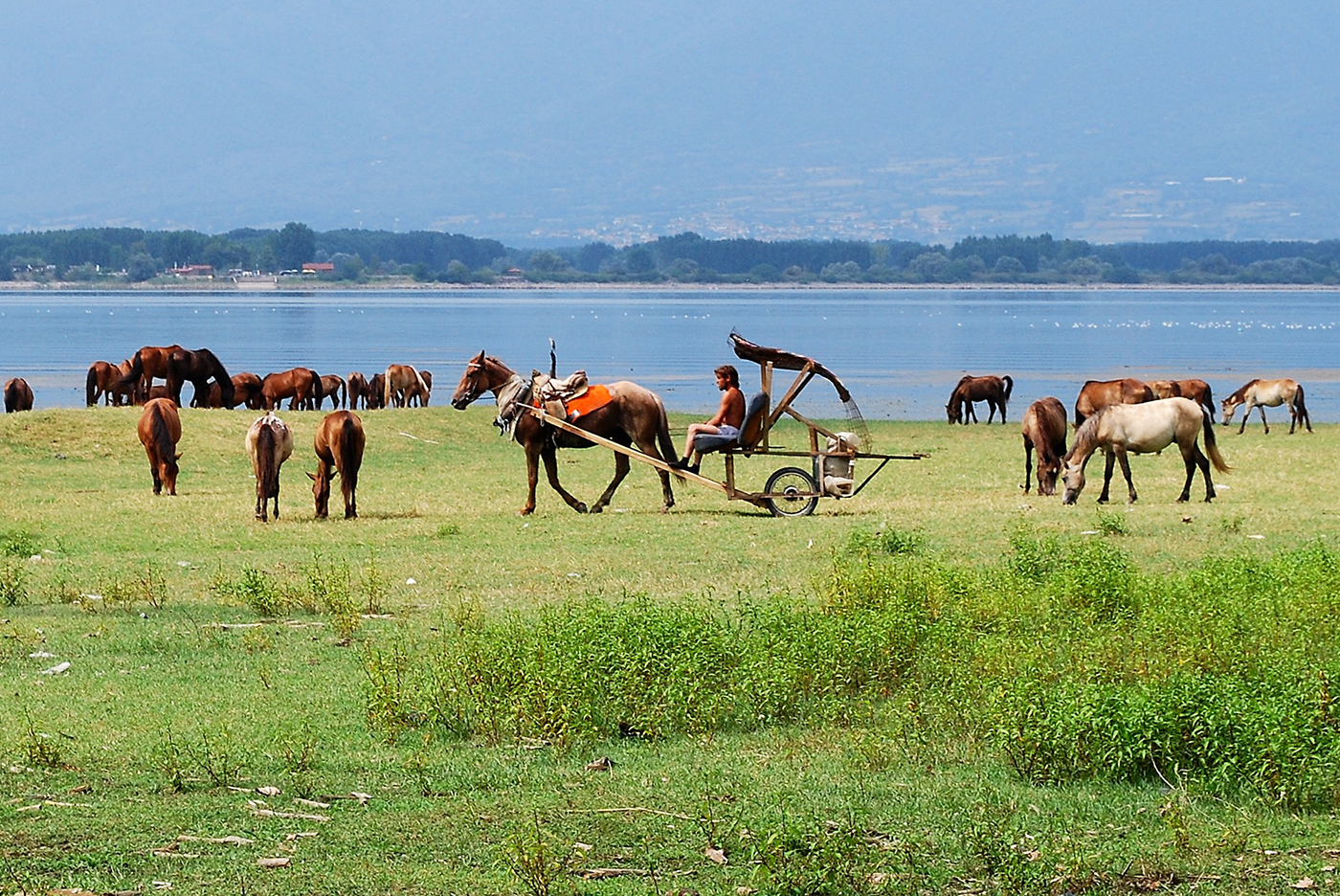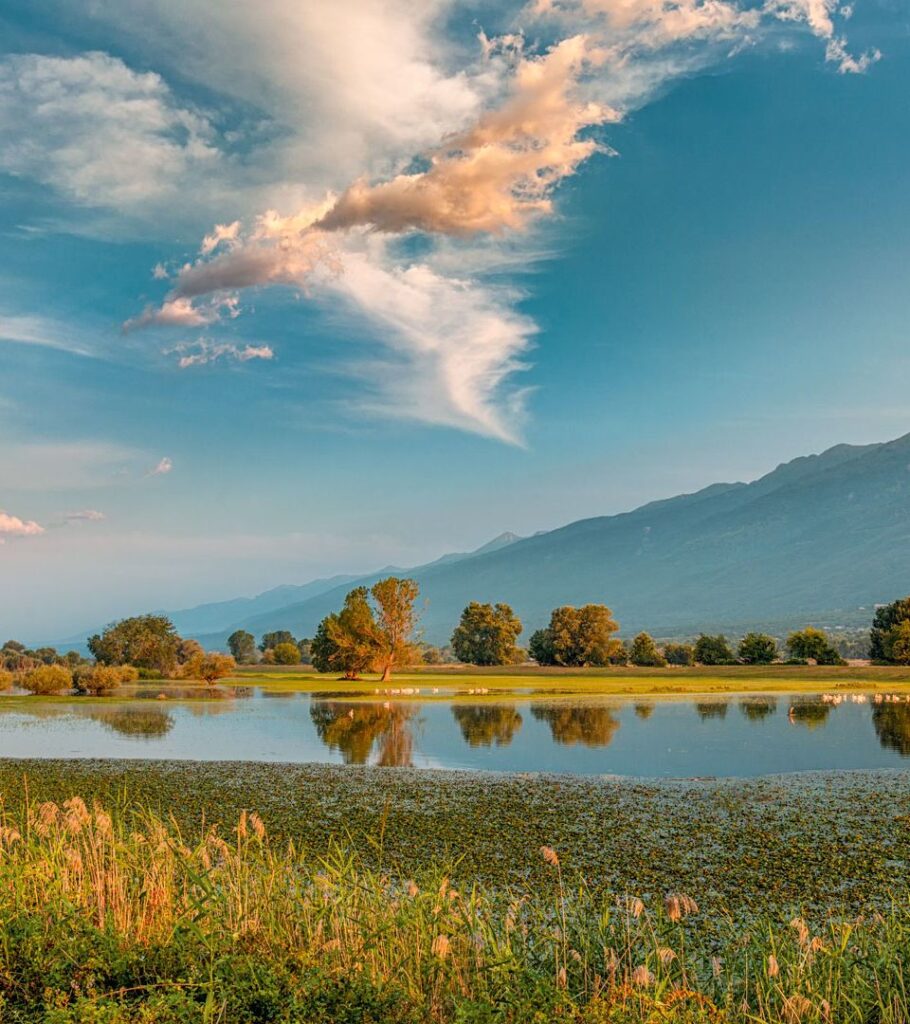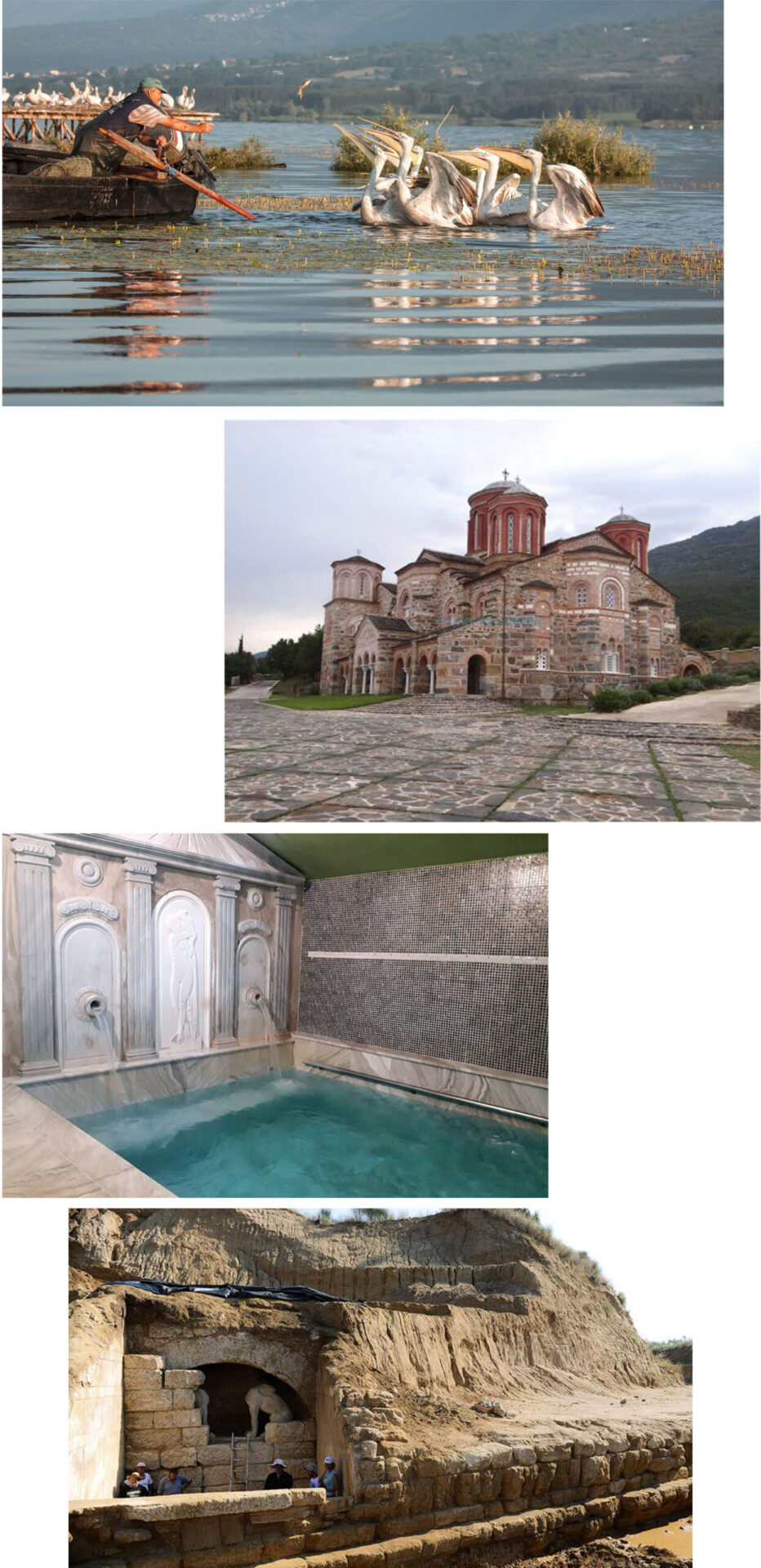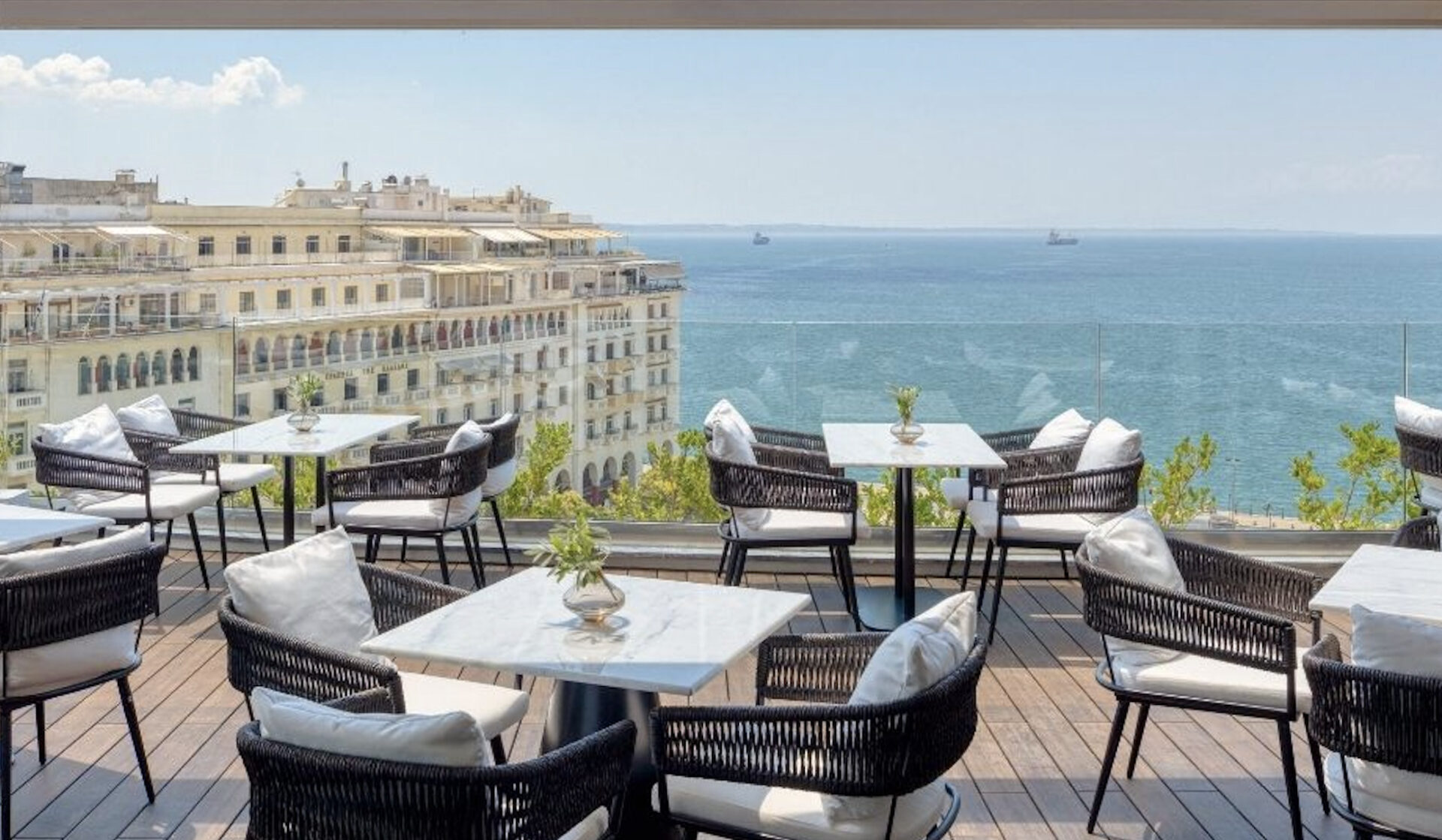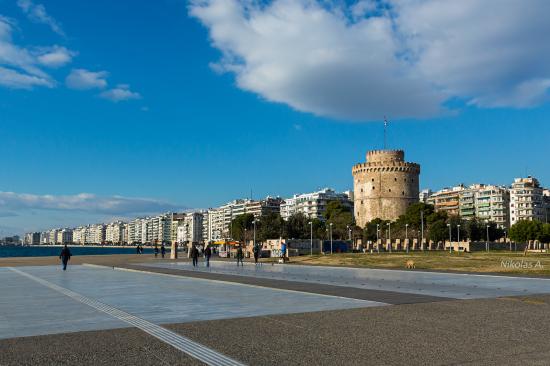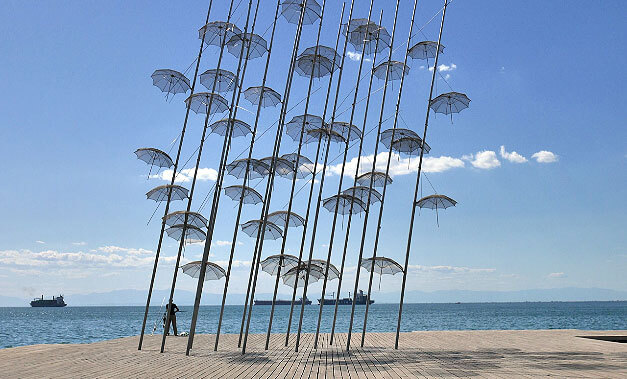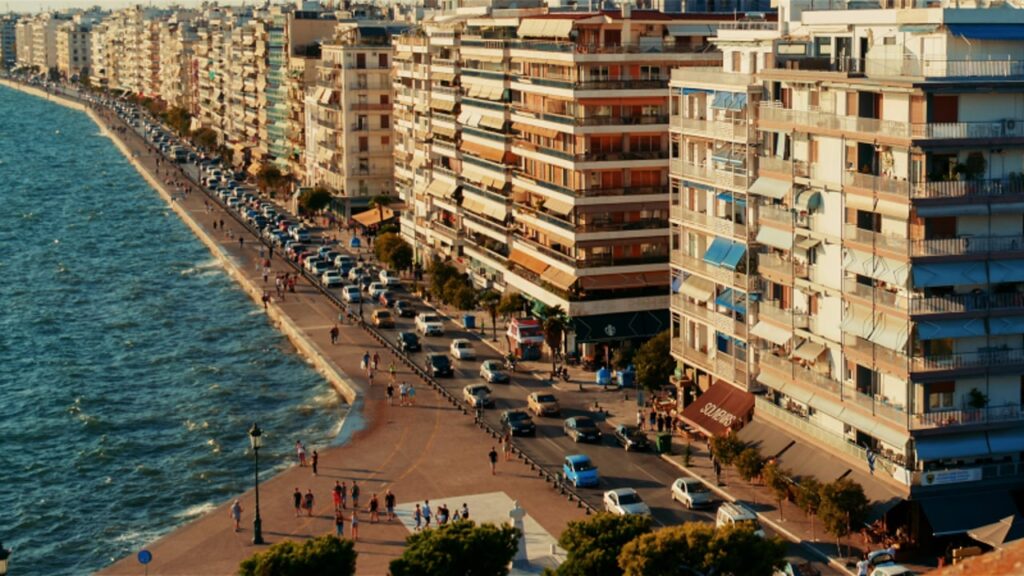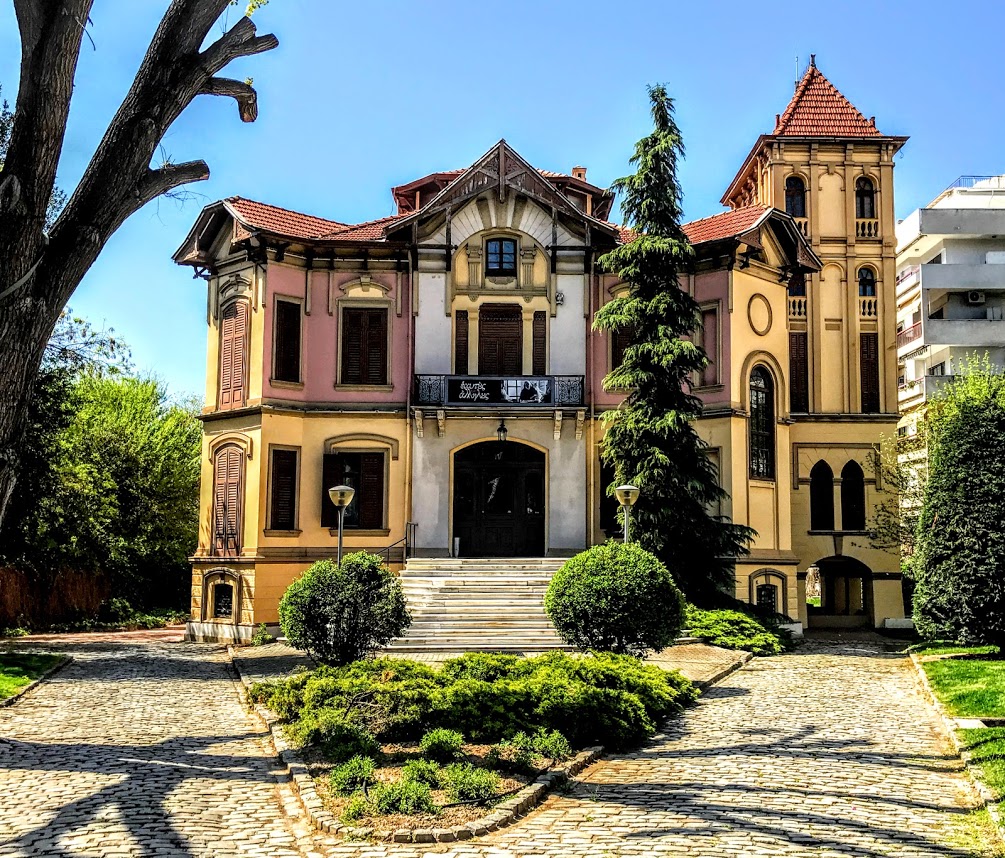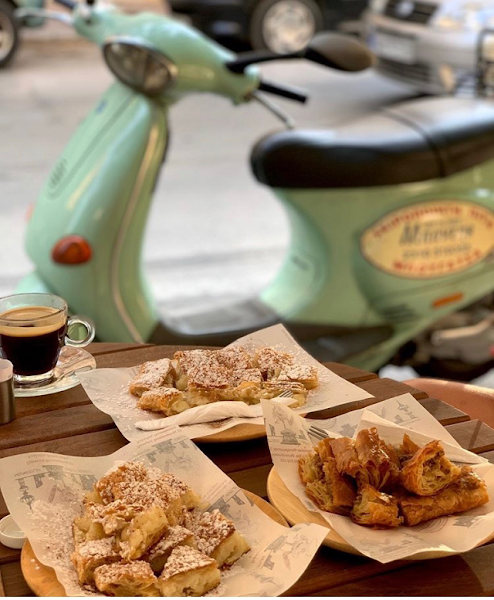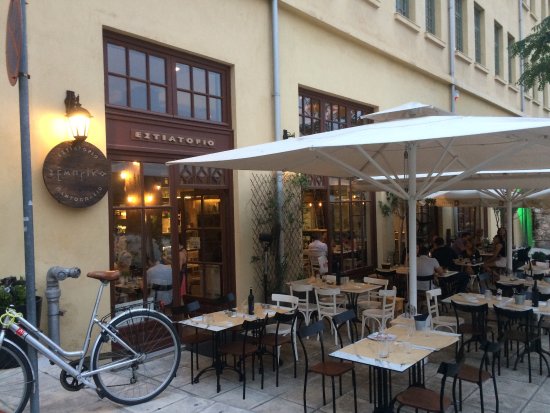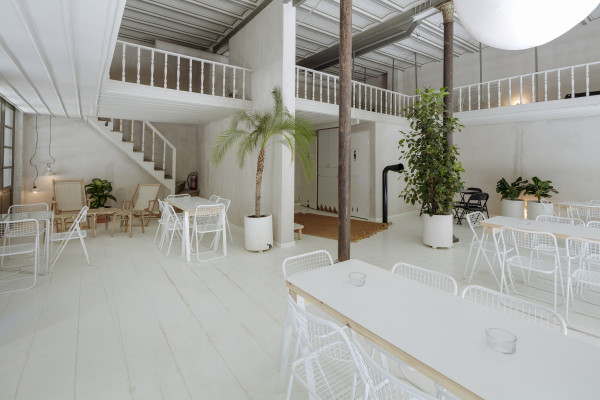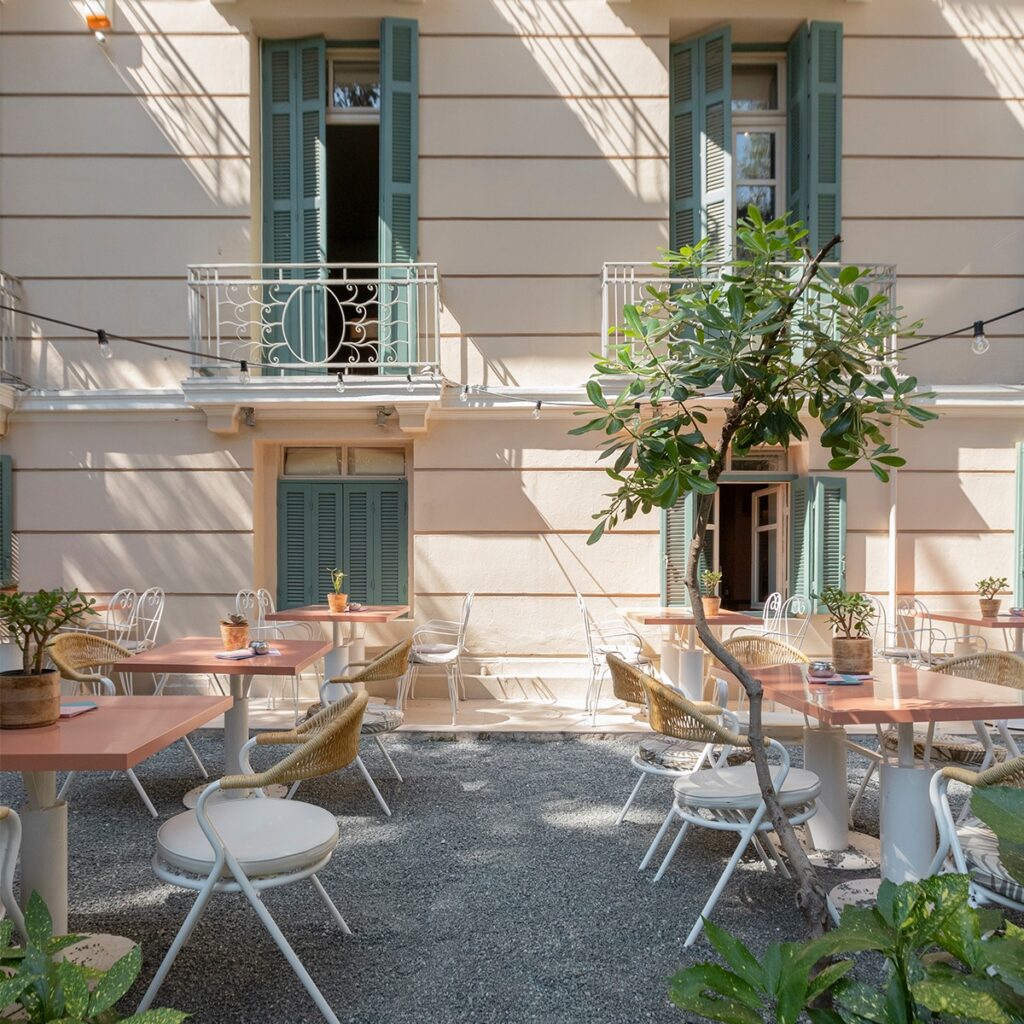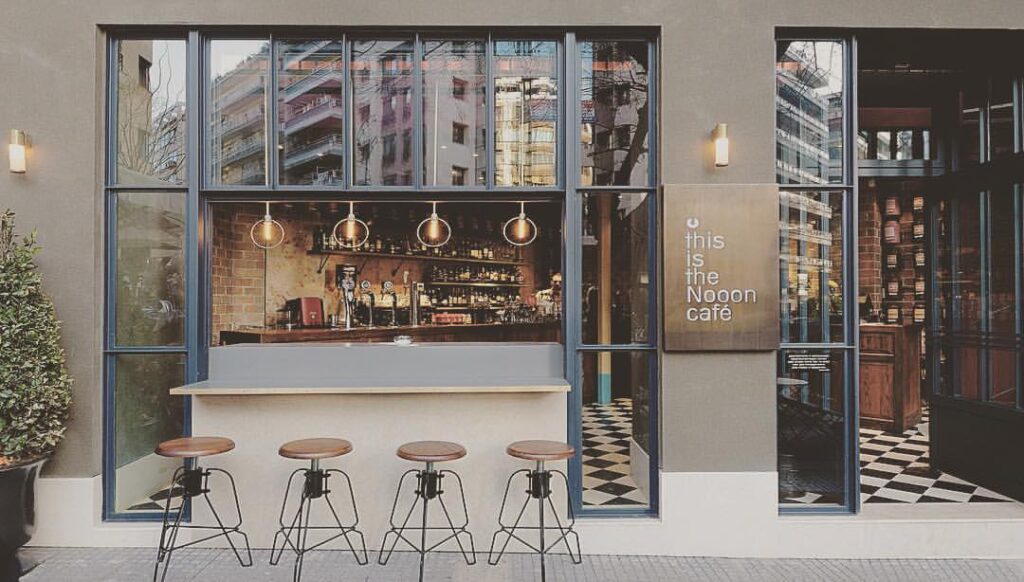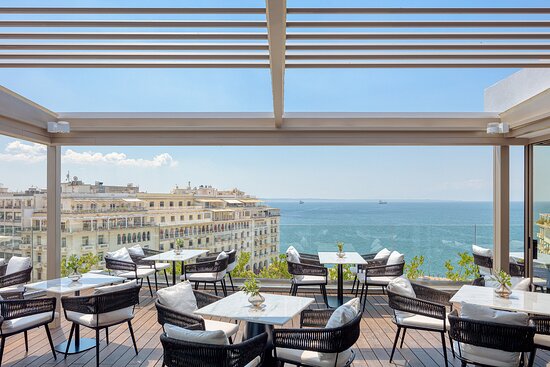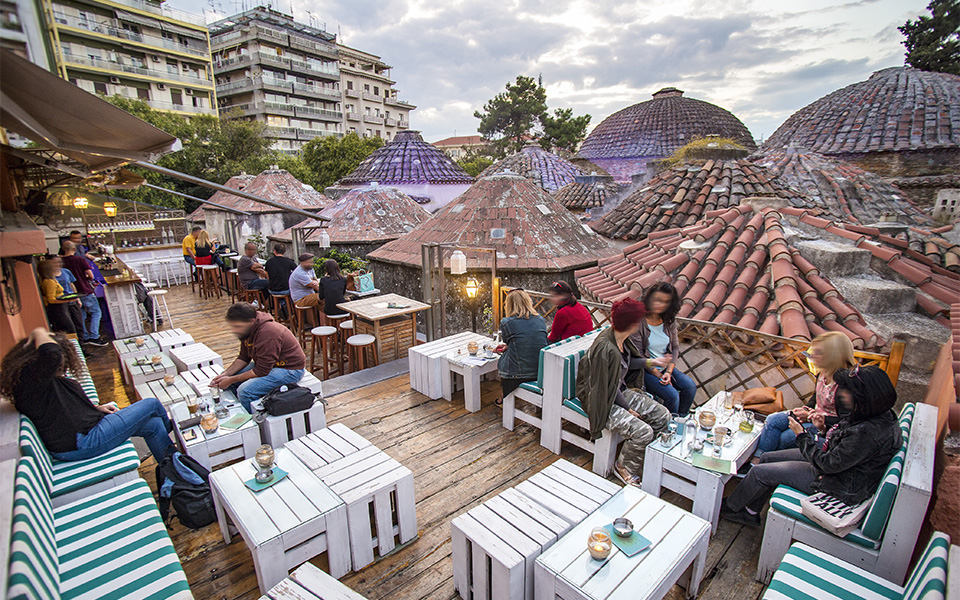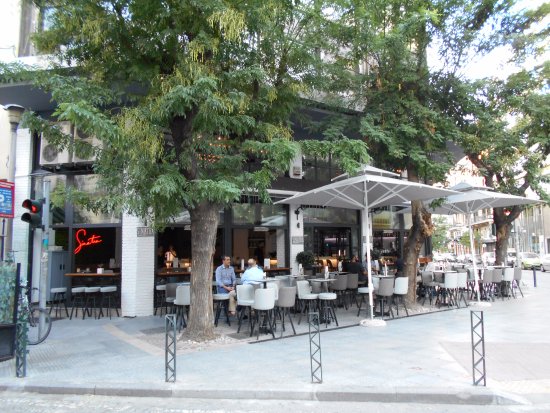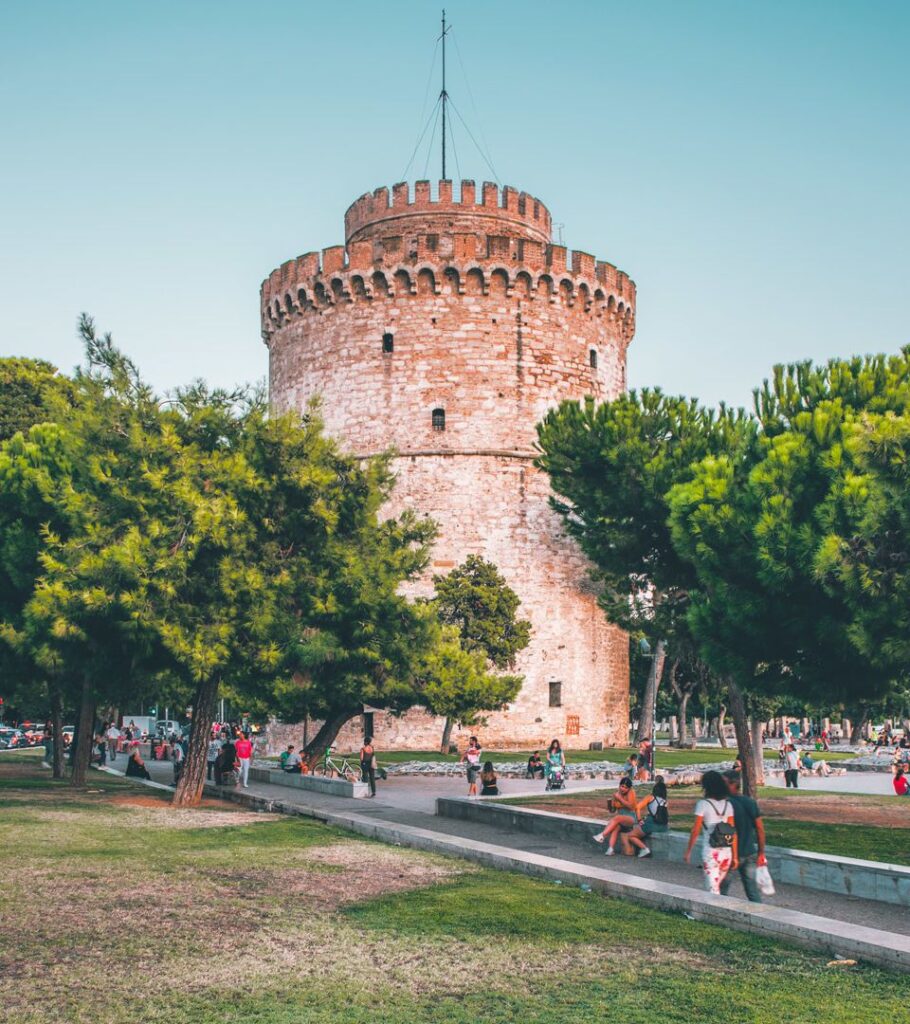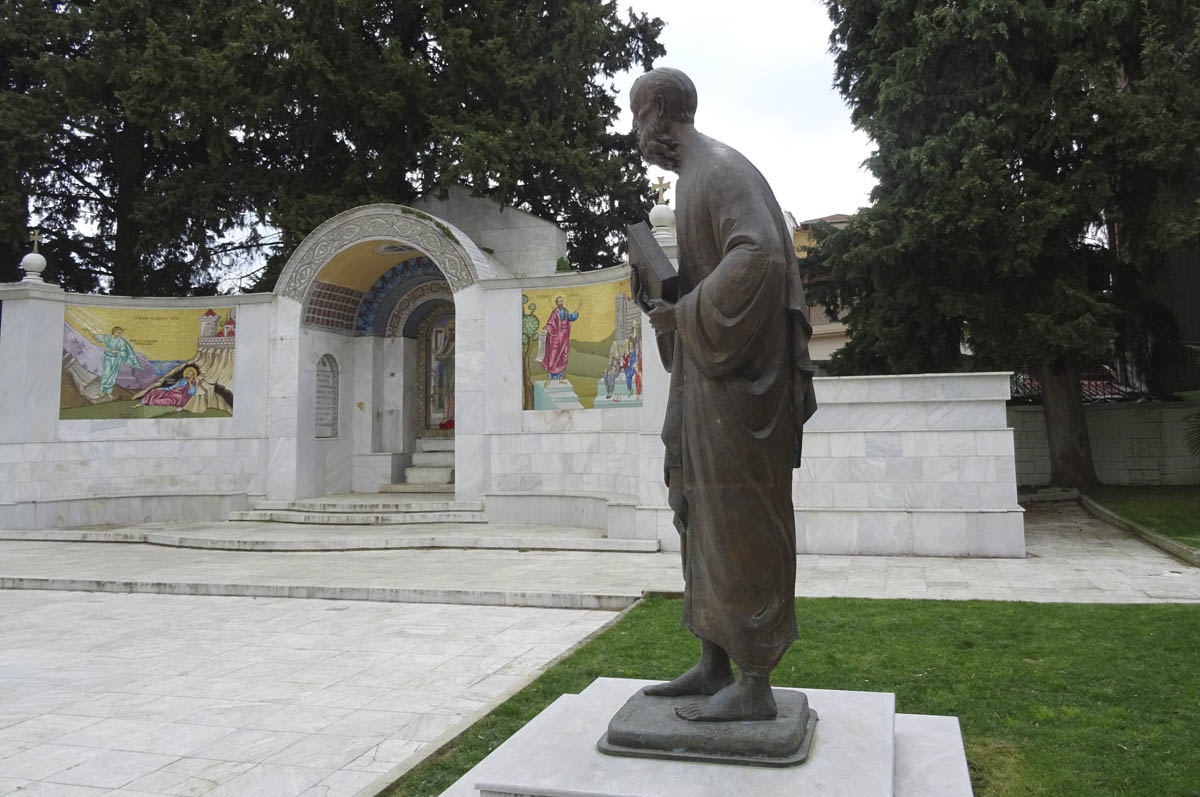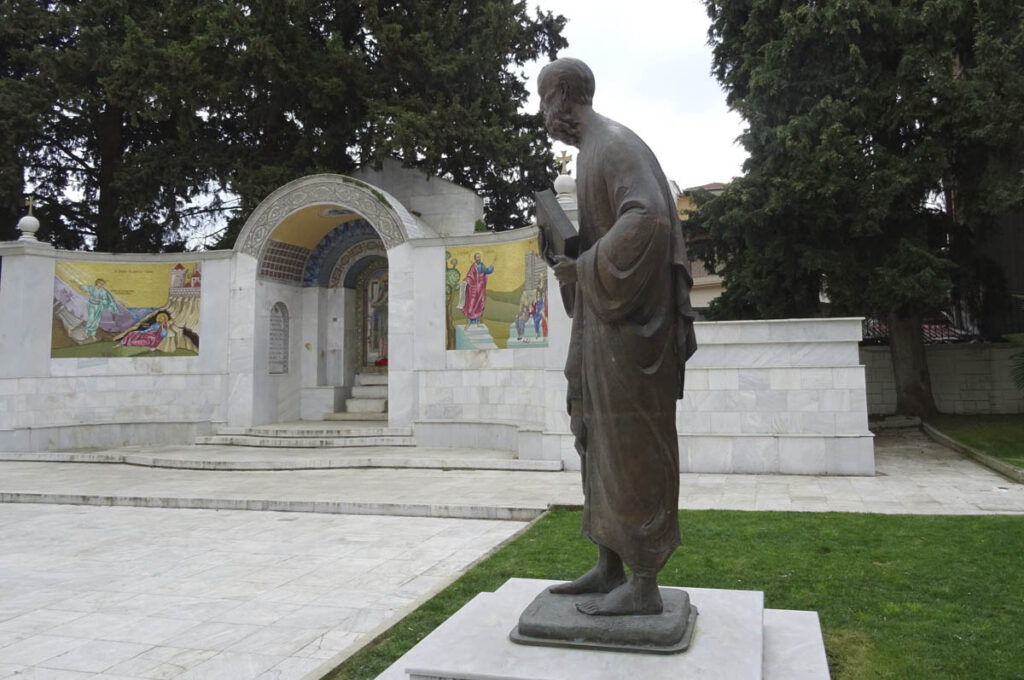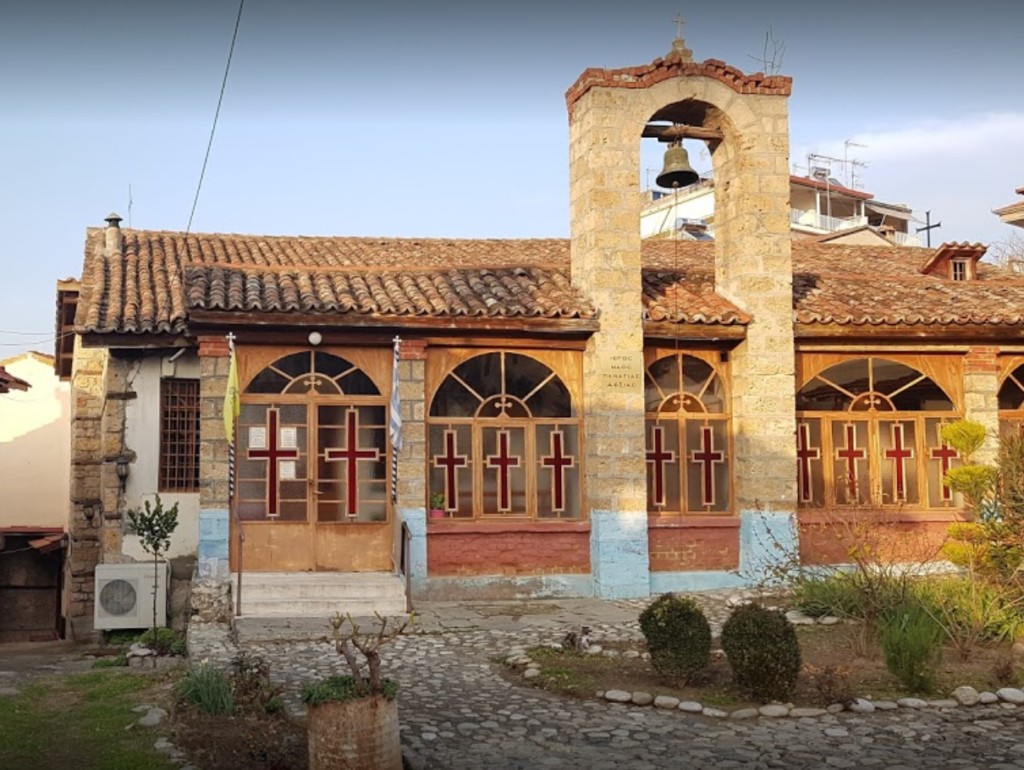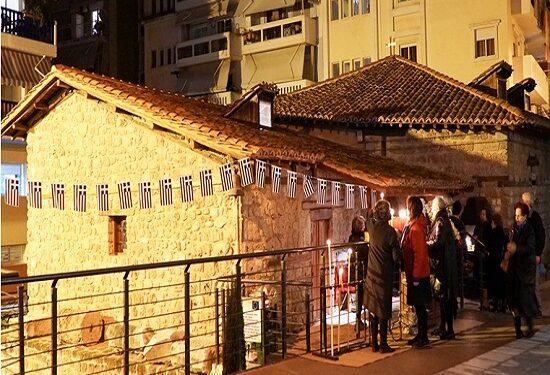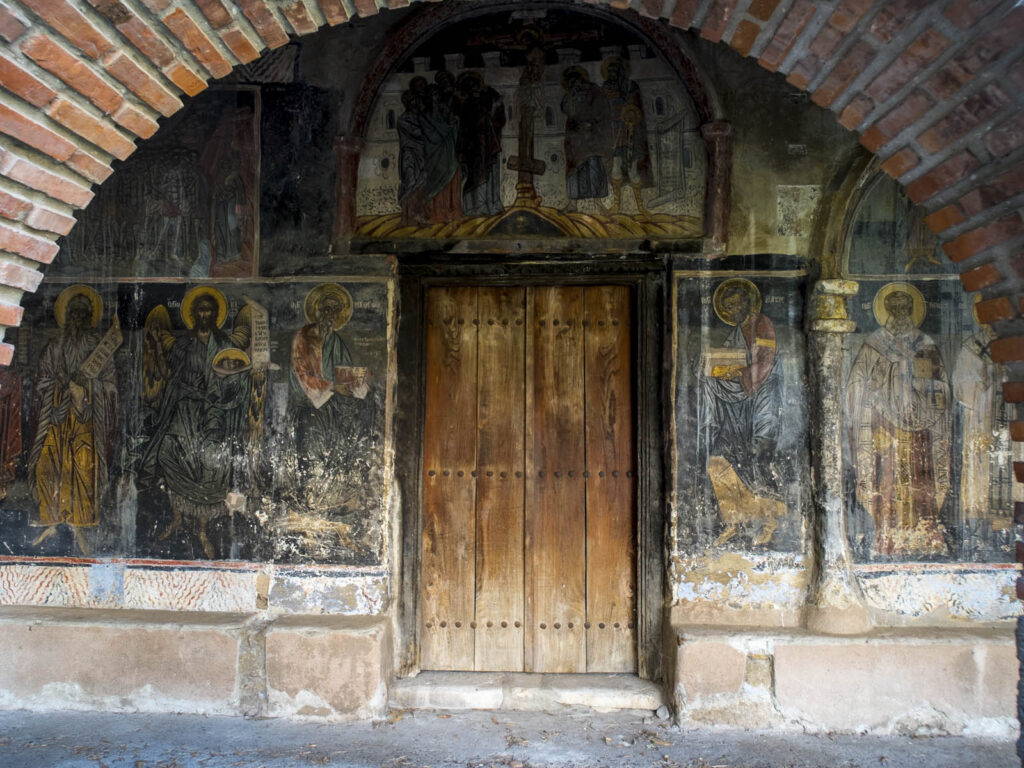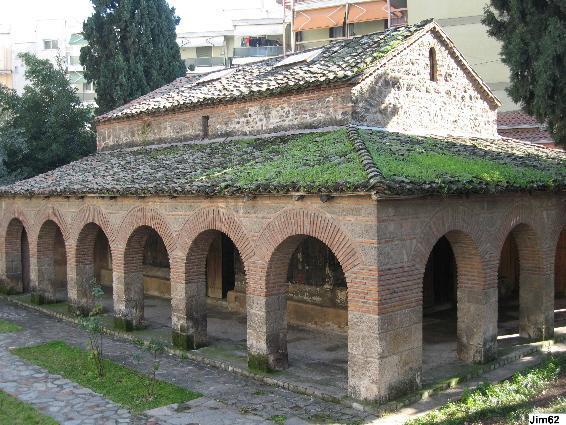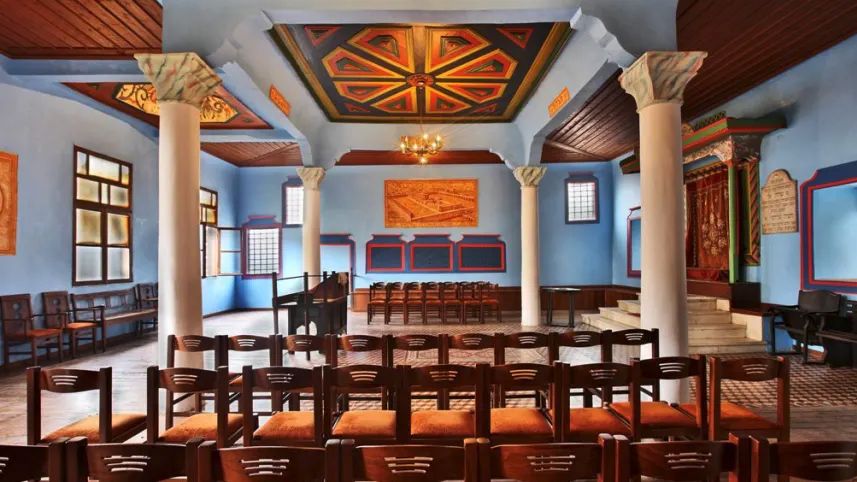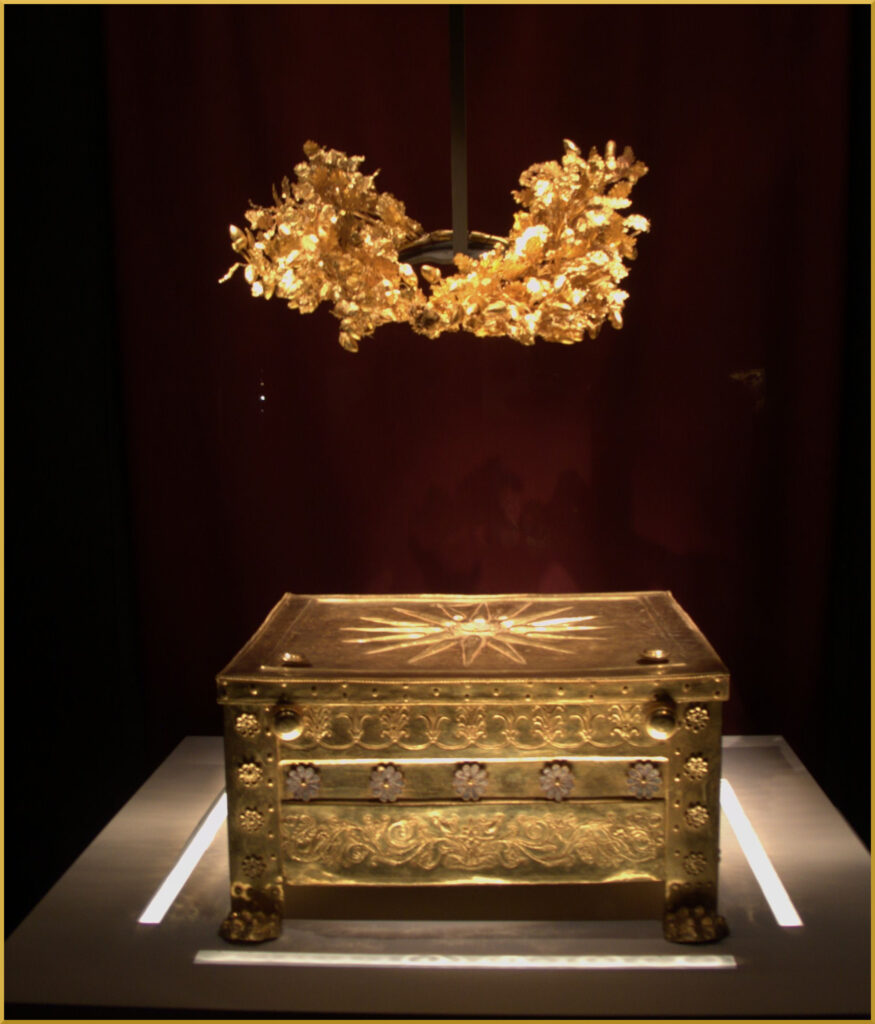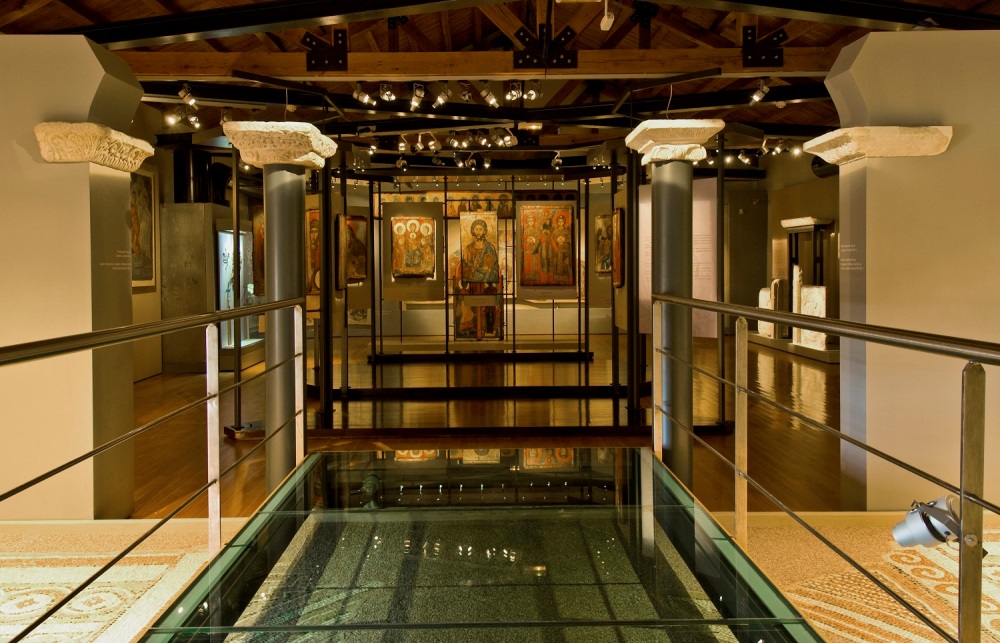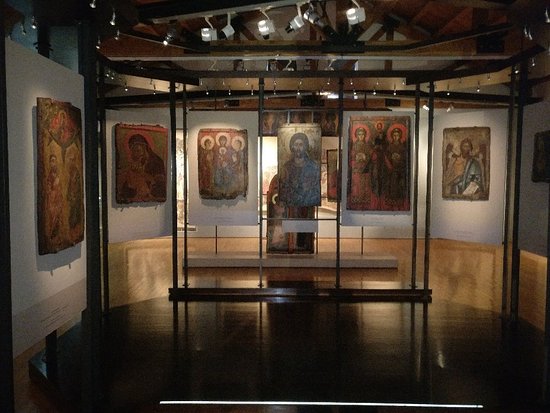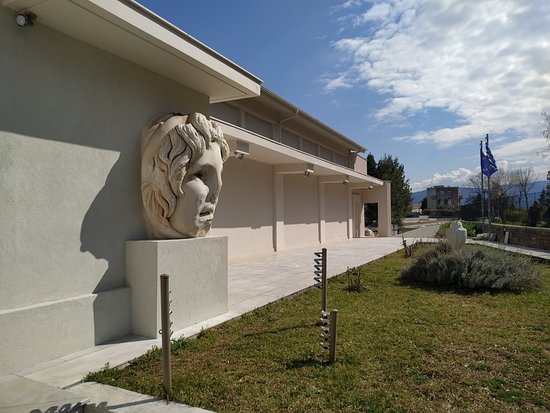Lake Kerkini is one of the most popular destinations for nature lovers in northern Greece.
This huge artificial lake is just 40km from Serres town (100km from
Thessaloniki) and is protected by Natura 2000, due to its marvellous biodiversity.
The wetland of Lake Kerkini is protected by Greek and European laws and has been designated a Ramsar Site according to the Ramsar Wetlands Convention, which recognises it as a wetland of international importance.
Over 300 bird species have been recorded at Lake Kerkini and it’s one of the best places in Europe for birdwatching, as some of the species are extremely rare and several of them are endangered. Here you will see Golden Eagles, flamingos, wild pelicans, Eurasian spoonbill, Black Cormorant White and Black Storks, and the Dalmatian Pelicans. Lake Kerkini also features Greece’s largest aquatic area covered by water lilies and there is a significant number of fish, amphibians and reptiles that live around the lake, as well as the largest number of buffalo in Greece.
Getting there and getting around
To get to Kerkini you will need to drive. You can fly to Thessaloniki airport and from there you can drive to Kerkini or you can book a day trip from Thessaloniki. Once in Kerkini, the best way to visit the lake is by boat.
What to see and do
-Bird watch, bird watch, bird watch!
-Visit the Holy Monastery of Saint John the Baptist in Akritochori, which features ecclesiastical architecture. The buildings were designed according to the standards of Mount Athos, while the exteriors are landscaped with trees and plants. The monastery has breathtaking views of Lake Kerkini, the wetlands and the plain of Serres.
-Visit the hot springs, where the hot water comes from the mountain straight to your own little pool, which fills with steam. The Therapeutic Springs in Agistro is open all day and night, so you can even visit anytime. you can also check out the warm waterfalls of Sidirokastro, and the baths at Therma near the village of Nigrita.
-Climbers and hikers can enjoy endless adventures on the Belles mountain range (north of the lake) and Mount Mavrvouni (west).
– Discover Amphipolis, one of Greece’s most impressive archaeological sites. This ancient Macedonian tomb was discovered inside the Kasta mound near Amphipolis in 2012.
Where to try local dishes and delicacies
-Just outside the village of Makrynitsa you will find Evora Taverna, which is ideally situated under the trees. This family run taverna serves local Pontian dishes.
–Limi Kerkini, open since 1896, is a family run psarotaverna (fish tavern). As well as serving a variety of seafood, they also create a few specialty meat dishes. And the view of the lake from here is amazing!
– Elodia Polychoros serves traditional dishes including gemista, stifado and soutzoukia (Smyrnaika meatballs) made from local buffalo meat.
–Dyonissos Taverna is popular for its homemade pies, handmade sausages and variety of sweet treats.
-One of our favourites is Methoriakos Stathmos, a former train station transformed into the coziest tavern. The menu is mostly focused on meat and all dishes are made using only fresh, local produce.

